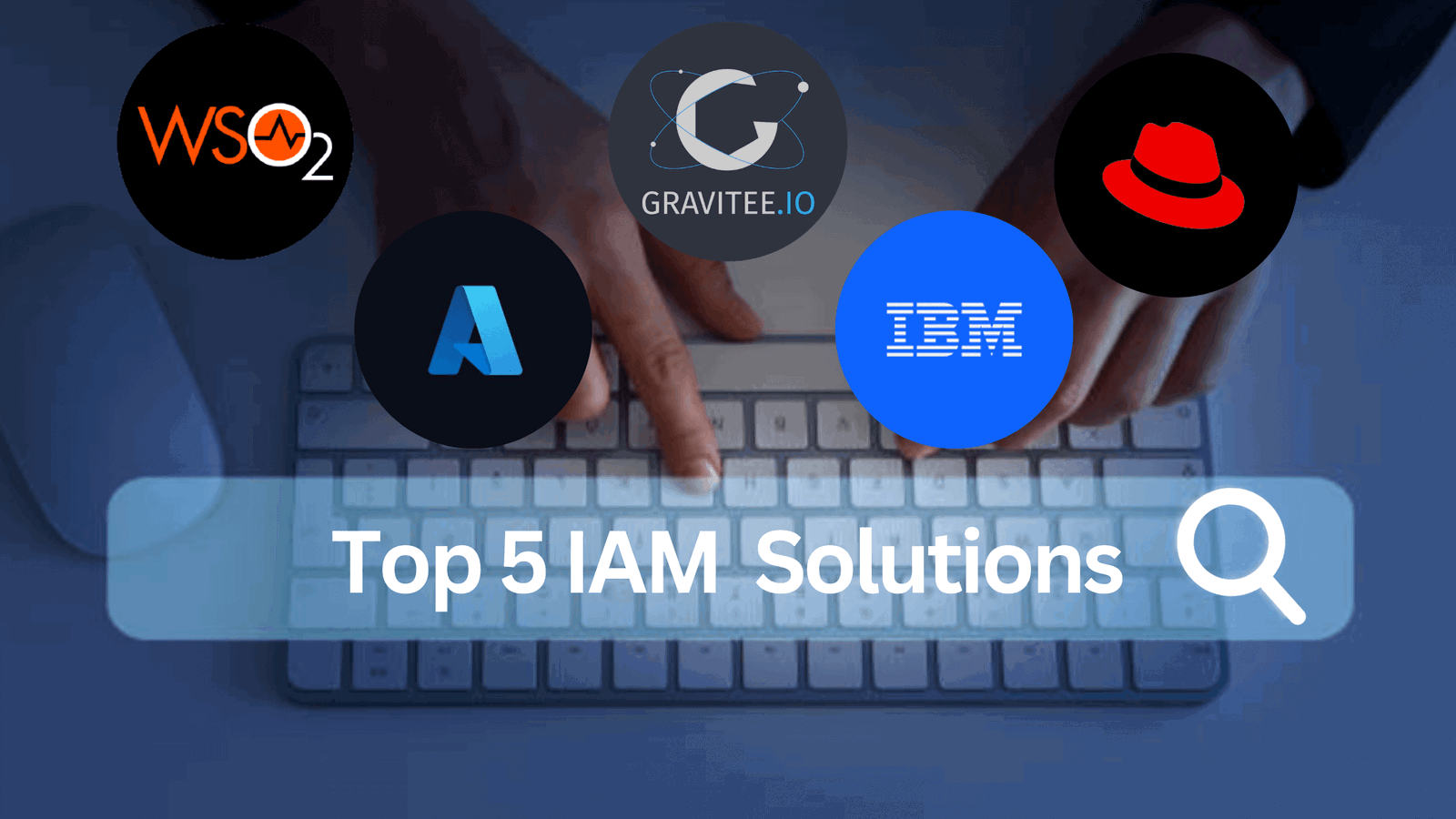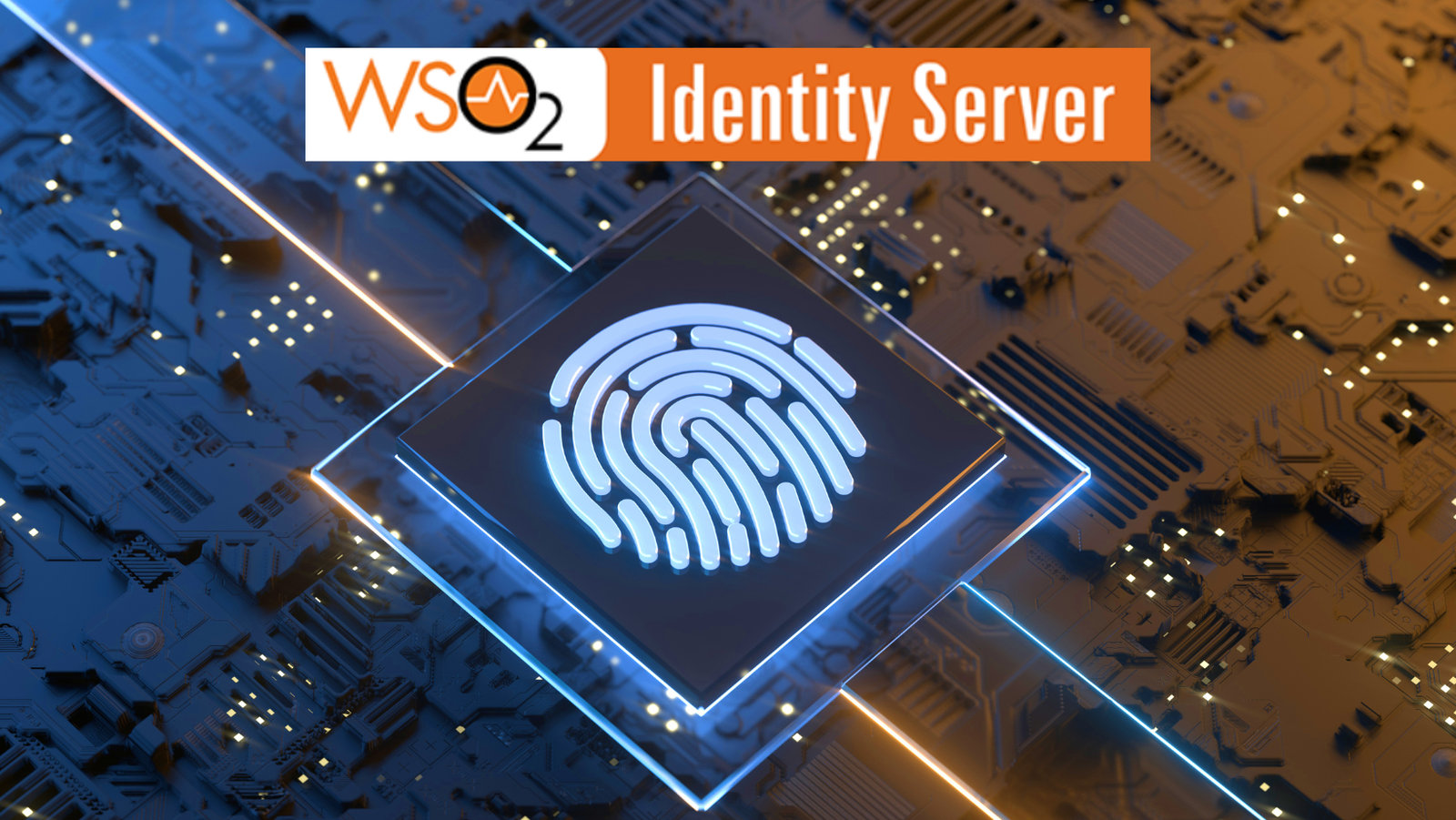Introduction: Why IAM Matters
Today, 81% of security breaches stem from compromised identities. IAM is no longer optional—it protects critical data, ensures compliance with regulations like GDPR, and prevents costly fines. This article analyzes the top 5 IAM solutions with updated data and real-world use cases.
What is IAM? Definition and Challenges
Identity and Access Management (IAM) governs who accesses what resources, ensuring security and compliance. Current challenges include:
-
Phishing and credential stuffing attacks (45% of cyberattacks in 2024).
-
Hybrid work: 63% of companies manage remote/on-site access.
-
Strict regulations: GDPR, NIS2 Directive, and ISO 27001 standards.
IAM Fundamentals: How It Works
IAM manages digital identities and access rights through:
-
Authentication: Verifies user/application identities.
-
Authorization: Controls resource permissions (data, networks, APIs).
-
Auditing: Tracks access for compliance.
Core Components
| Identity Management | Access Management |
|---|---|
| • Digital attributes (static/dynamic data) • Secure registration • Multi-stakeholder governance (IT, HR, managers) |
• Attribute-based access control • RBAC (Role-Based Access Control) • Least Privilege policies |
5 Essential Technical Capabilities
| Function | Operational Impact |
|---|---|
| Automated provisioning | Reduces onboarding/offboarding time by 70% |
| Single Sign-On (SSO) | Enhances UX + reduces credential risks |
| Password management | Complies with NIST/ISO 27001 standards |
| Continuous auditing | Ensures GDPR/NIS2 compliance |
| Access governance | Prevents unauthorized access |
Strategic Business Benefits
-
Enhanced Security:
-
MFA + advanced cryptography.
-
Protects against breaches (81% start with identity vulnerabilities).
-
-
Operational Efficiency:
-
Automated workflows (HR → IT).
-
40% faster onboarding.
-
-
User Experience:
-
SSO for internal/external apps.
-
Frictionless access on any device/location.
-
-
Regulatory Compliance:
-
Automated reports for GDPR/HIPAA/PCI DSS.
-
Full access traceability.
-
-
Digital Scalability:
-
Supports hybrid ecosystems (cloud, on-premise, IoT).
-
Integrates with identity providers (Azure AD, Google, Salesforce).
-
IAM transcends security—it’s the digital transformation backbone that protects assets, streamlines operations, and boosts ROI.
Top 5 IAM Solutions: 2024 Comparison
1. Microsoft Entra ID (ex Azure AD)
-
Pros:
Native integration with Microsoft 365/Azure (used by 78% of cloud enterprises).
Passwordless auth (Windows Hello, FIDO2).
Scales to 10M+ users. -
Cons:
High cost for SMBs.
Complex in non-Microsoft multicloud. -
Ideal for: Microsoft ecosystem enterprises.
2. WSO2 Identity Server 7.0
-
Pros:
Open-source + customizable.
AI-Driven Access Control (2024 update).
Kubernetes + third-party API integration. -
Cons:
Requires DevOps expertise.
Limited Spanish documentation. -
Ideal for: Tech startups + hybrid infra.
3. Gravitee.io Identity Management
-
Pros:
API-centric (optimized for IoT).
Pay-as-you-go (30% savings vs. traditional).
Zero Trust compatible. -
Cons:
Small community.
Limited 24/7 support. -
Ideal for: Fintech + logistics.
4. Red Hat Identity Management
-
Pros:
Open-source + Linux/container-optimized.
Ansible/OpenShift automation.
Low entry cost. -
Cons:
Limited Windows support.
Non-intuitive UI. -
Ideal for: Linux/DevOps environments.
5. IBM Security Verify
-
Pros:
AI-powered risk analytics (50% breach reduction).
Quantum-Safe Cryptography.
Banking/healthcare certified (HIPAA, PCI DSS). -
Cons:
Premium pricing.
Steep learning curve. -
Ideal for: Regulated sectors (banking, healthcare, government).
Comparison Table: Enterprise IAM Solutions
| Solution | Price (USD/user/month) | Scalability | Key Innovation |
|---|---|---|---|
| Microsoft Entra ID | $6-$18 | High (10M+ users) | Copilot for Security integration |
| WSO2 | Open Source | Medium-High | AI-Driven Access Policies |
| Gravitee.io | $4-$12 | Medium | API Mgmt + Zero Trust |
| Red Hat IdM | $3-$10 | Medium | Ansible Automation |
| IBM Verify | $15-$30 | High | Quantum Cryptography |
5 Key Security Measures
-
Advanced Identity Controls:
-
Enforce 12+ character passwords with symbols.
-
Block compromised passwords (via Have I Been Pwned).
-
-
Mandatory MFA:
-
Use FIDO2/WebAuthn (biometrics, security keys) or push notifications.
-
Avoid SMS (vulnerable to SIM swapping).
-
-
Continuous Training:
-
Run phishing simulations (e.g., KnowBe4).
-
Train teams on secrets management.
-
-
Centralized IAM Systems:
-
Automate user lifecycle (HR software integration).
-
Enforce Least Privilege Access.
-
-
Real-Time Monitoring:
-
Deploy SIEM tools (Splunk, QRadar).
-
Trigger alerts for anomalous behavior.
-
Conclusion: Choosing Your IAM Solution
Selection depends on:
-
Company size: Enterprise (Microsoft/IBM) vs. SMB (Gravitee/Red Hat).
-
Tech ecosystem: Microsoft-centric vs. open-source.
Ready to take action?
Book a Personalized Demo with IAM Experts →







